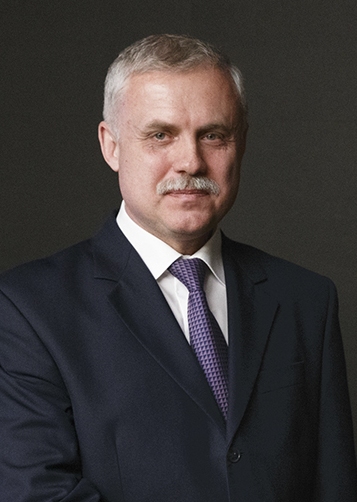SCO Opens in Tajikistan: Pakistan’s Imran Khan Calls for Replacing Geo-politics With Geo-economics —
Sept. 16, 2021 (EIRNS)—The Shanghai Cooperation Organization (SCO) is convening at the head-of-state level in Dushanbe, Tajikistan, with the crisis in Afghanistan the major immediate challenge to their 20-year mission. The eight SCO countries—China, India, Kazakhstan, Kyrgyzstan, Russia, Pakistan, Tajikistan, and Uzbekistan—become nine with full membership granted to Iran. (Afghanistan, Belarus, and Mongolia are “Observer States”; Armenia, Azerbaijan, Cambodia, Nepal, Sri Lanka, and Turkey are “Dialogue Partners.”)
Early reports indicate multiple “sideline” meetings of the leaders of various countries. In particular, Pakistan’s Prime Minister Imran Khan was quite busy on Thursday, meeting on the sidelines with Belarus’s President Alexander Lukashenko, Iran’s President Ebrahim Raisi and Uzbekistan’s President Shavkat Mirziyoyev. He had a more extensive bilateral meeting with Kazakhstan’s President Kassym-Jomart Tokayev on “trade, investment and transportation links.”
He had been welcomed at Dushanbe’s airport by Tajikistan’s President Emomali Rahmon. According to the statement released by the Pakistani government, he described an upgrading of the two countries’ engagement—what he termed his “Vision Central Asia” policy—and emphasized connectivity and Pakistan’s “pivotal position in providing the shortest access route to the sea.” His key example of connectivity was the Trans-Afghan railway project connecting Termez/Mazar-e-Sharif/Kabul/Jalalabad/Peshawar. His statement repeated the need to transform from “geo-politics” to “geo-economics.”
He also addressed the new Pakistan-Tajikistan Business Forum on expanding the “minuscule” $80 million of trade. He declared that Pakistan would expedite work on the CASA-1000 power transmission line to benefit from “your clean and cheap energy [such as] hydroelectricity”, too much lacking in Pakistan. Otherwise, he stated that he would work with President Rahmon to stabilize Afghanistan: “We will be doing our best to make sure they get together and there is an inclusive government.”











